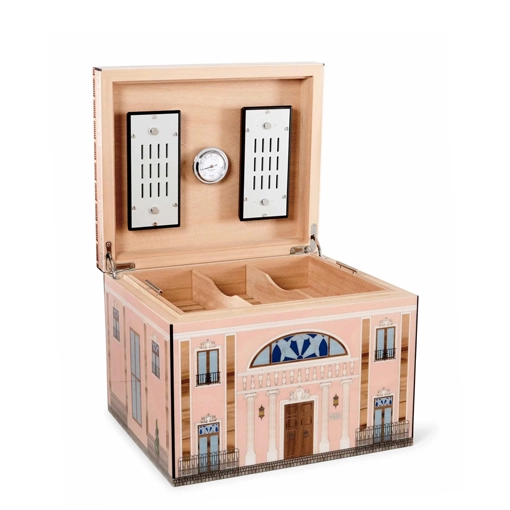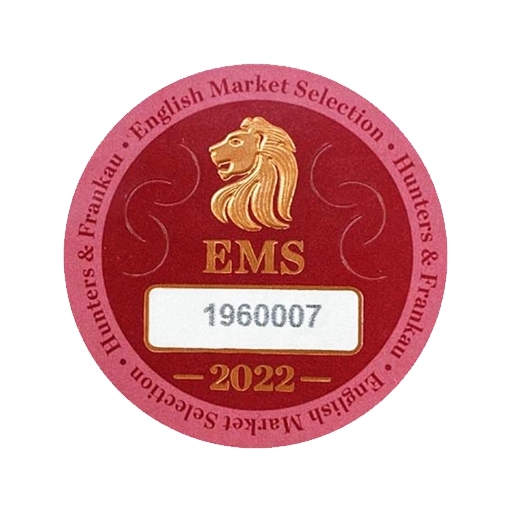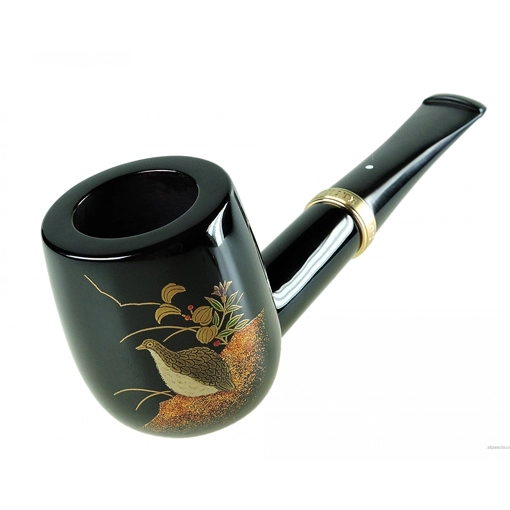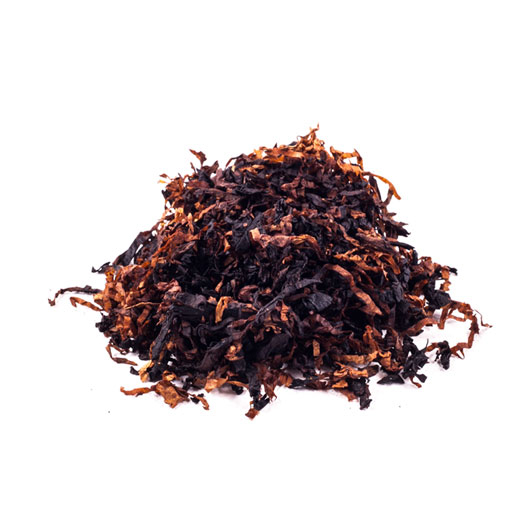The Cigar Blog
Cigar Country Spotlight: Dominican Republic
As one of the biggest exporters of cigars in the world, the Dominican Republic is likely to be on the travel bucket list of many a cigar aficionado.
The Dominican Republic is a Caribbean nation that is located close to Cuba, and the two countries have a long relationship and history when it comes to cigars.
Tobacco in the Dominican Republic
Tobacco is a native plant to the Dominican Republic and is one of the primary exports for the country. Dominican Republic tobacco was originally used to make cigarettes, but there are now a number of plantations growing Cuban strain tobacco plants for cigars.

Cuban Cigar Makers Moved to the Dominican Republic
Following Fidel Castro’s nationalisation of the Cuban tobacco industry and the trade embargo imposed on Cuba by the US, many Cuban tobacco farmers relocated to the Dominican Republic.
There, the original companies started again, and were able to sell their versions of cigars to the US. This is the reason that there are Dominican cigar companies with the same name as Cuban brands.
Dominican Republic vs Cuban Cigars
Although Cuba is often considered the best place in the world to grow cigars, the environmental conditions in the Dominican Republic are not that different, so the cigars produced here are of similar quality and luxury.

Which Cigar Brands Are Found in the Dominican Republic?
A number of cigar brands grow their crops on Dominican soil. Many of these brands are the original Cuban cigar producers, who moved to the Dominican Republic following the revolution and embargo. This includes:
- Montecristo
- H. Upmann
- Trinidad
- Davidoff
- Bolivar
- Romeo y Julieta
- Hoyo De Monterrey
- Partagas
- La Gloria Cubana
- Punch
- Cohiba
Montecristo
Montecristo cigars are world-renowned, even by those who have never smoked a cigar before. The original Montecristo brand was created by Alonso Menendez in 1935 in Cuba. Over the next 20 years, the brand was built to be an internationally recognised label, with Menendez working in partnership with Jose Garcia.
Following the revolution, Castro redistributed farmland and nationalised cigar factories, forcing Menendez and Garcia to leave Cuba.
They fought in US courts for the right to use Montecristo on cigars they produced, and won, setting a precedent for other confiscated Cuban cigar brands to follow suit.
They first made their Montecristo’s in the Canary Islands before settling in the Dominican Republic. These cigars are sold in the US.
H. Upmann
H.Upmann was created in 1844 and quickly became one of the most popular Cuban cigar manufacturers. During the 1800s and early 1900s, H. Upmann was greatly successful, selling 25 million cigars a year.
When Upmann’s bank went insolvent in 1922, the business was saved by being bought by Menendez and Garcia of Montecristo.
This allowed H. Upmann to re-establish itself as one of the key players in Cuba’s cigar industry.
Again, following the nationalisation of the cigar industry, the H. Upmann trademark was registered for US distribution, allowing the brand to carry on production outside of Cuba. H. Upmann cigars were then made in the Dominican Republic and in Honduras.

The history of the Dominican Republic and cigars is complex and deeply linked to Cuban history; however, that is not to say that the Dominican Republic is not an incredible cigar producer in its own right.
If you want to sample some of the cigars that originate from the Dominican Republic, then you can find a wide range available here at Havana House.










